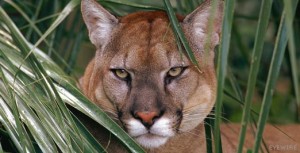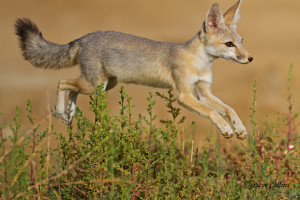It shouldn’t be a surprise to find out that our world is growing. As human population grows, overall consumption dramatically increases and exploitation of the world’s limited resources continues. Now, I’m not trying to say that we need to decrease our numbers…. but what I am saying is that we need to find a new way to live in harmony with other creatures on this planet… because the path we are on now, is one of total destruction. With the world population hitting 7 billion and societies rapidly expanding, more and more species across the world are losing their habitat due to encroaching predators who have little to no concern for their well- being. We place our need before other animals’. I believe that if we continue to do this, we will slowly but surely destroy our world’s biodiversity and environment at large. 10 species of both land and marine animals in the United States alone have become critically endangered due to not only increased human growth but also ignorance and neglect towards rapidly diminishing habitats. Although I am only going to focus on recently endangered species in the U.S. in this post, it should be noted that this problem is one that is world wide, ever reaching, and continually destructive unless something is done to make sure that animal habitats are more and more preserved and protected as human population continues to grow and grow.
Here are the top 3 species in the United States that have become critically threatened due to increases in human population and our general apathy of preserving natural, pre-existing environments and ecosystems.
1)The Florida Panther: Once ranging across the Southeastern parts of the US, the Florida Panther has now been reduced to only about 5% of its original population. The critically endangered species now exists only in a very specific location of South Florida. A large and extremely significant number of Panthers were killed and forced out of their habitats when Florida’s road network was being expanded in 1967 to accommodate for the growing population influx in the region. As of today, there are less than 170 Florida Panthers left. Even then, there have been efforts in the recent years to reintroduce more and more panthers into their natural habitat. As a result, there has been a marginal increase in Florida Panthers in the wild in the past five years.
2) The San Joaquin Kit Fox: Native to the California Central Valley, this species took a hard hit and saw a huge decline in its numbers during the 1930’s when people began to convert more and more grasslands into urban developments. Additionally, the use of insecticides and rodenticides on the surrounding flora by those hoping to further intensive agricultural activities have contaminated the Kit fox’s source of diet. As a result, the foxes that do exist in the wild are at a greater risk of being poisoned after consuming animals who have died after consuming the now poisonous plants. The Kit Fox was listed as an endangered species in 1967. Since then, an additional 1.5 million people have relocated in the foxes’ habitat, further reducing their natural ecosystem and numbers.
3) Atlantic Bluefin Tuna: Human population expansion has not solely affected land animals. It has continued to have devastating effects on marine life as an increasing amount of waste products are emitted into the already deteriorating ocean. Additionally, over-fishing bodies of water has only increased as the demand for fish has grown with the population of humans who consume them. The Atlantic Bluefin Tuna is one such species that has been particularly horrendously affected by over-fishing. The number of spawning fish of this species has decreased by 80% as over harvesting (especially near the Gulf of Mexico) has exponentially increased since 1970.
Despite the worrying trends of species dying out due to human overpopulation, there are some really amazing organizations like the World Wildlife Fund that are dedicated to preserving and protecting natural habitats and ecosystems for millions of animals in the world. I can only hope that their efforts will continue to grow and be supported.



It is common knowledge that endangered species are facing a high risk of extinction due to the dramatically decreasing population. They are threatened by habitat loss, disease, hunting, climate change, etc. I think what really needs to happen is that government should enact and enforce draconian environmental laws; each nation has to corroborate in order to solve the problem. The earth is not just a home for homo sapiens; it is a home for every species. The rate of extinction due to human activities is just ridiculously high right now. Our children may only be able to learn other creatures in museum. If we don’t want this to happen, we have to act now.
It is interesting to hear about these animals, but I often wonder… how do the animals tie into the landscape? Playing the part of devils advocate, if one species of animal went missing, it would be sad, but not much would change. Environments adapt. Natural extinction has been going on for millenia. The only thing that I think shocks people is how quickly and encompassing extinction has become. Also, if one species is the keystone in an ecosystem, perhaps there would be much more danger for the environment around it.